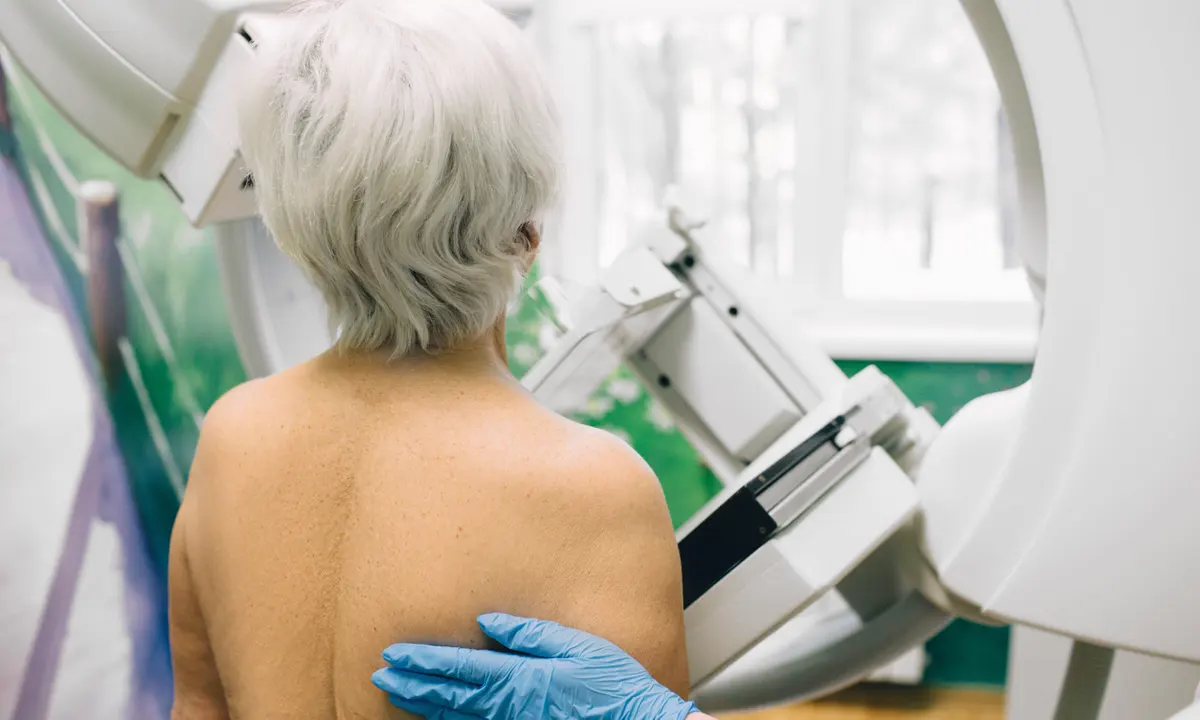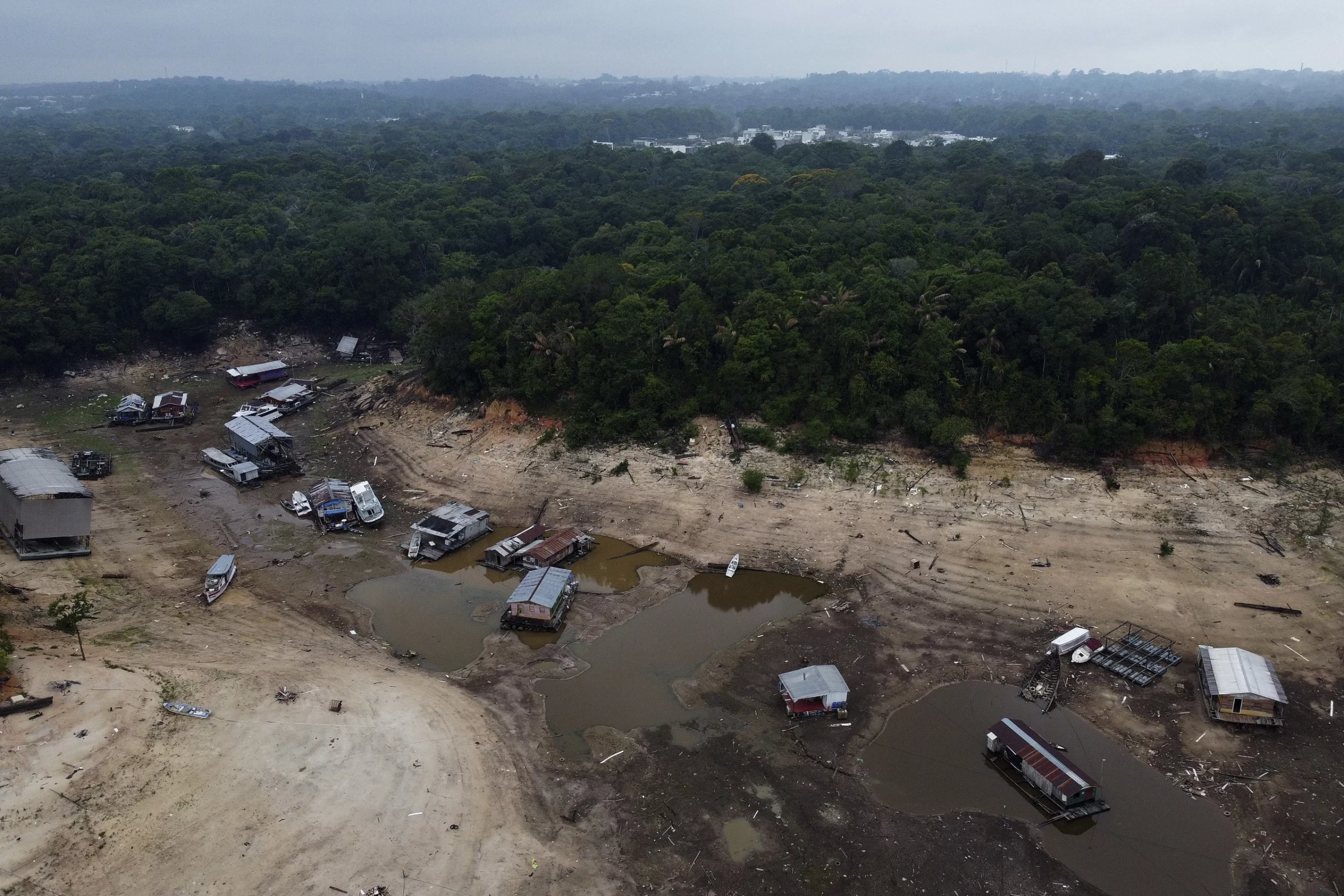In recent years, there has been increasing awareness about the prevalence and impact of cancer on individuals and communities worldwide. While significant progress has been made in cancer prevention, detection, and treatment, a new study published in ‘The Lancet’ highlights the persisting gender inequalities that worsen women’s access to these essential services. The study reveals that 1.5 million deaths could be avoided through early detection strategies, while another 800,000 could be averted if all women had access to optimal treatment.
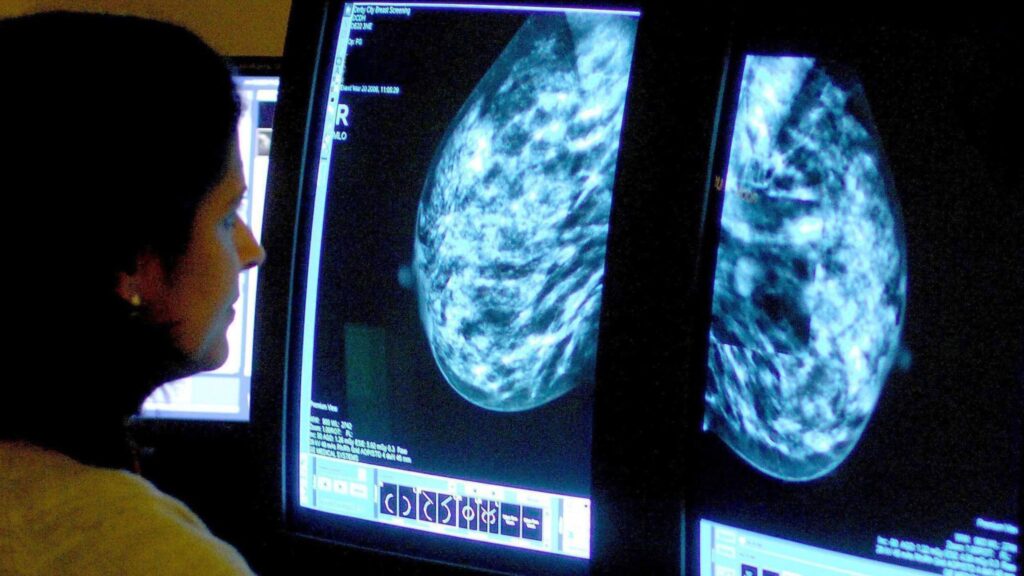
Women’s access to cancer prevention: Gender Disparities
Research has repeatedly shown that women face unique challenges when it comes to cancer prevention. Societal factors, such as gender roles and expectations, can limit women’s access to comprehensive healthcare. For instance, women often prioritize the health of their families over their own, resulting in delayed screenings and preventive measures. Inadequate education and awareness about cancer in women further compound this issue.
Several studies have highlighted the impact of gender disparities on cancer prevention. For example, cervical cancer is highly preventable and treatable. Yet it remains a significant cause of death among women in low-income countries. Lack of access to cervical cancer screening programs and limited awareness about human papillomavirus (HPV) vaccination contribute to the disproportionate burden on women in these regions. Addressing these key challenges through targeted education and integrated healthcare services is crucial to bridge the gender gap in cancer prevention.
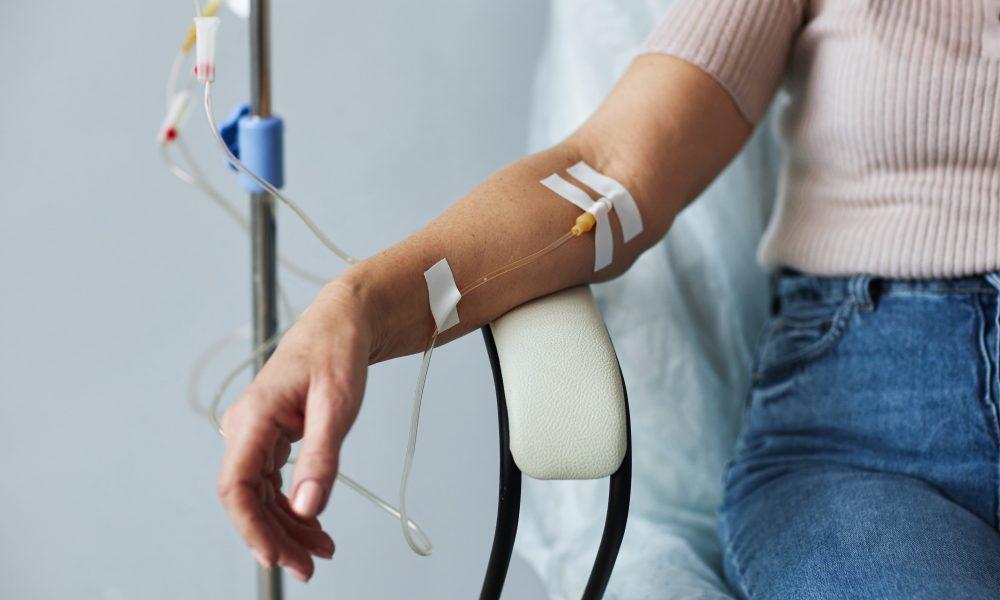
Gender Bias in Cancer Detection and Diagnosis
Access to timely and accurate cancer diagnosis is pivotal in improving survival rates and treatment outcomes. However, gender biases often result in delayed or missed diagnoses for women. Research indicates that women are more likely to experience underdiagnosis compared to their male counterparts. Factors contributing to this disparity include inherent biases in healthcare systems, gender-based differences in symptom presentation, and stereotyping of women’s health concerns.
Breast cancer, for instance, is the most common cancer affecting women globally. Early detection through mammography and regular breast self-examinations can significantly improve survival rates. However, women from marginalized communities, especially in low-resource settings, often face barriers to accessing these diagnostic tools. In addition to financial constraints, cultural taboos and lack of awareness further exacerbate the gender gap in breast cancer detection and diagnosis.
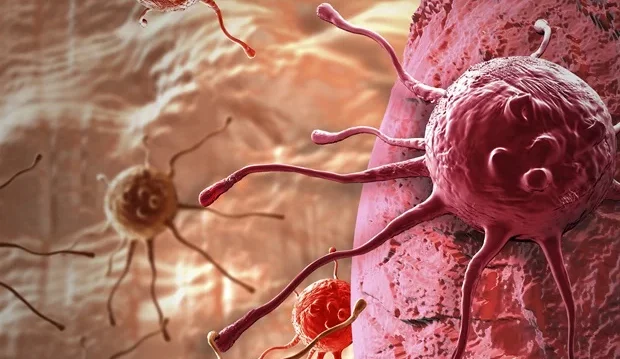
Limited Access to Optimal Cancer Care for Women
While advances in cancer treatment have improved outcomes for many patients, women, particularly those from disadvantaged backgrounds, continue to experience disparities in access to optimal care. Factors such as socioeconomic status, geographic location, and cultural norms influence women’s access to high-quality cancer treatment.
Ovarian cancer presents a stark example of the gender inequalities in cancer care. Often diagnosed at advanced stages due to ambiguous symptoms and lack of effective screening methods. Ovarian cancer poses significant treatment challenges. Access to specialized gynecological oncologists and comprehensive cancer centers is crucial for ensuring the best possible outcomes. However, women from rural areas or low-income communities may face substantial barriers in accessing specialized care, leading to treatment delays and suboptimal results.

Women’s access to cancer prevention
To address these gender inequalities and improve cancer outcomes for women, a multi-faceted approach is required. Comprehensive education about cancer prevention and early detection must be prioritized. Ensuring that women are empowered to make informed decisions about their own health. Additionally, healthcare systems should aim to reduce financial and logistical barriers that hinder women’s access to diagnostic tests and treatment options. Integrating gender-sensitive practices into healthcare provision is critical to ensuring equitable and optimal cancer care for women worldwide.
In conclusion, gender inequalities persist in women’s access to cancer prevention, detection, and care. The burden falls disproportionately on marginalized communities and low-income countries, where resources are limited and cultural barriers prevail. By recognizing and addressing these disparities. We can work towards a future where all women have equal opportunities for cancer prevention, early detection, and high-quality treatment. A concerted effort from governments, healthcare providers, and communities is needed to achieve this goal and improve the lives of women affected by cancer.
